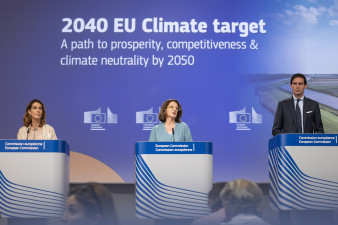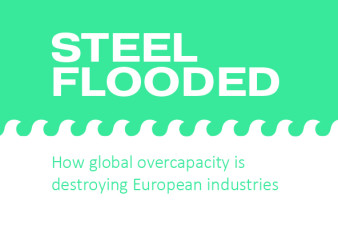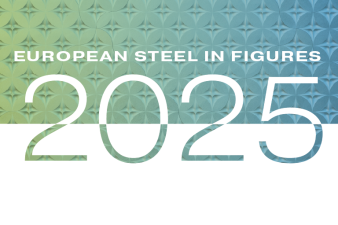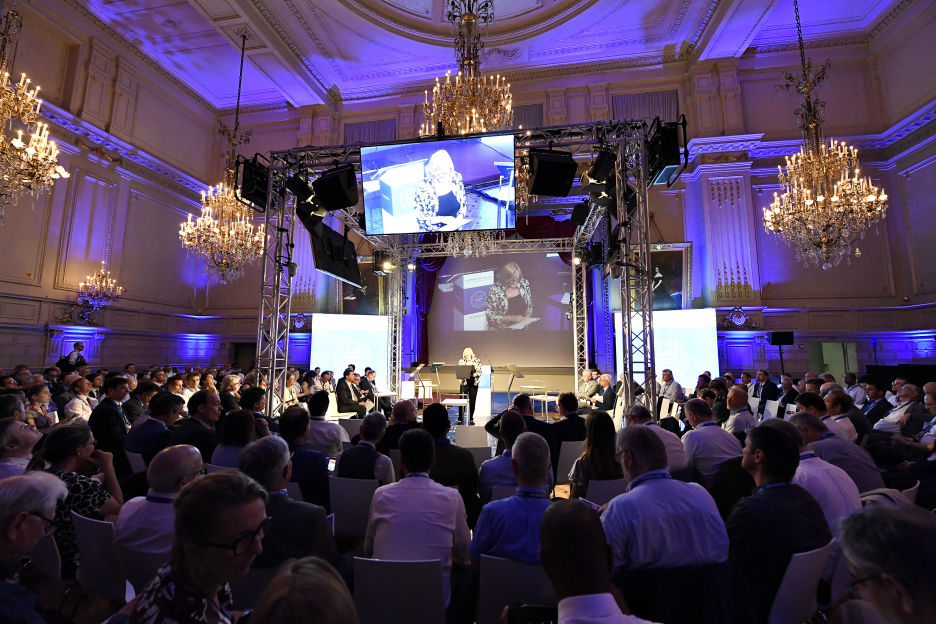Recent updates
More recent content from European Steel Association can be found below
Press release: The 2040 climate target requires an industrial revolution, but its enabling conditions - laudably recognised in the Steel and Metals Plan - are not there yet, warns EUROFER
Brussels, 02 July 2025 – The 90% climate target proposed today by the European Commission demands an unprecedented transformation of EU society and industry in just 15 years. The European steel industry is already doing its part, but a viable business case for the transition is still lacking. To enable it, the EU needs to implement the Steel and Metals Action Plan much more decisively, delivering a highly effective trade protection against global overcapacity, access to internationally competitive low carbon energy and scrap, and a watertight CBAM, says the European Steel Association.
Brochure, booklet or fact-sheet: Steel flooded
How global overcapacity is destroying European industries
Brochure, booklet or fact-sheet: European Steel in Figures 2025
European Steel in Figures 2025 is EUROFER's statistical handbook, laying out in an easy-to-use format the key statistics and data about the performance and footprint of one of Europe's most important strategic sectors






